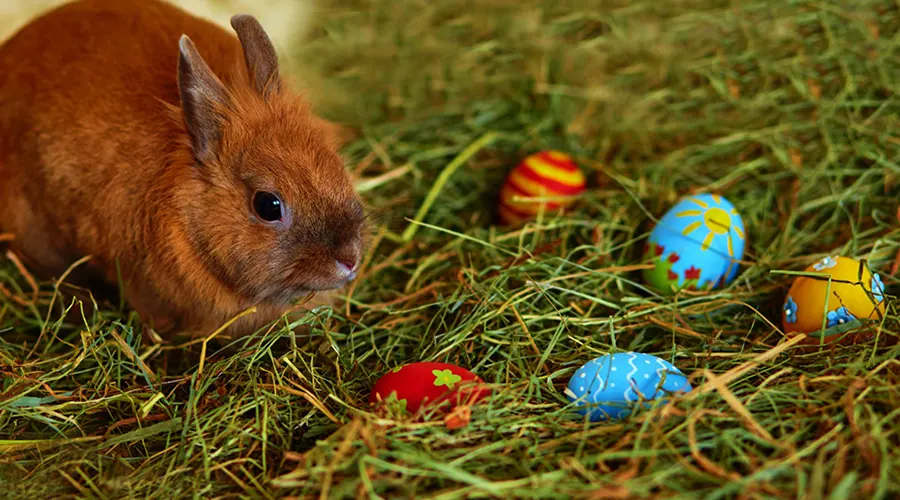Badrinath Dham, Uttarakhand
The picturesque town of Badrinath is where divinity meets with the serenity of nature. Located in the Chamoli district in Uttarakhand at the height of 3,133 meters, the pre-eminent abode of Lord Vishnu is one of the holiest of the holy shrines of Char Dham pilgrimage in India. Other Char Dham sites include Dwarka, Puri, and Rameswaram.
Situated between Nar and Narayan peaks, the pious land of Vishnu also belongs to the Chota Char Dham Yatra in Uttarakhand. Starting with Yamunotri, Gangotri, and Kedarnath, Badrinath is the last and most celebrated stop in the pilgrimage tour of Garhwal Himalayas. Badrinath Dham is easily accessible by motorable roads and the Badrinath temple can be reached by walking along an easy trek. Around 3 km from Badrinath is the village of Mana, which is one of the last villages before the boundary of India ends and that of Tibet begins. The peak of Neelkanth stands strong spreading its mighty aura for all pilgrims and travelers alike.
Badrinath is a land of myriad legends, each one only adding to the glory of this place. Along with these legends, the snowy mountain peaks, gracefully flowing Alaknanda River, and incredible landscapes create the perfect background to facilitate a spiritual connection.
WHAT TO SEE IN BADRINATH DHAM?
BADRINATH TEMPLE
Ancient texts hold this abode of Lord Vishnu in very high esteem, stating - "there are many spots of pilgrimage in the heaven, earth and the world, but there has been none equal to Badri, nor shall there be." At the height of 3,133 meters, it stands proud with its rich past along the banks of the Alaknanda River. Regarded as the most important temple of Vishnu, the Badrinath shrine is said to be established by Adi Shankaracharya. He found the Saligram idol of Lord Badri immersed in the waters of Alaknanda and installed it in a cave near the Tapt Kund.
It was in the 16th century that a Garhwal King got a temple erected to house the statue of God. The present structure is the result of plenty of restorations the temple has undergone due to damages caused by avalanches and earthquakes. Lord Vishnu can be worshipped in a black stone idol sitting in a meditative pose surrounded by idols of other gods like Nar, Narayana, Narad, Ganesha, Garud, and Kuber. In the winter season, the idol of Lord Badri is shifted to Yogadhyan Badri in Pandukeshwar (Chamoli district).
TAPT KUND
Just below the temple, there is a natural thermal spring that is believed to be infused with therapeutic properties. A dip in the holy and hot waters of the Kund is necessary before a devotee visits the sacred shrine of Badrinath. Near the Tapt Kund also lie five boulders which are, as per mythology, Narad, Narsingh, Varah, Garur, and Markanday.
BRAHMA KAPAL
It is a flat platform by the banks of Alaknanda 100 meters north of the temple. Performing propitiating rites for the deceased family members, it is believed, would free them from the vicious circle of life and death.
NEELKANTH PEAK
Known as the 'Queen of Garhwal', Neelkanth Peak, standing with its gigantic height of 6,597 meters (approx.), sets a great background to the Badrinath shrine. Named after Lord Shiva, the splendor of the snow-covered peak gets augmented as it receives the first rays of the Sun at the crack of dawn.
MATA MURTI MANDIR
It is located 3 km from the Badrinath temple, on the banks of the Alaknanda River. Mata Murti temple is believed to be the mother of Nara and Narayan, the twin-brother avatar (incarnation) of Lord Vishnu. It was the relentless prayers of Mata Murti that persuaded Lord Vishnu to take birth from her womb. Every year, in September, pilgrims throng to attend the Mata Murti ka Mela (fair).
CHARANPADUKA
Strewn with boulders and caves, a steep climb of about 3 km from the Badrinath town will take you to Charanpaduka. It is a rock that is believed to be imprinted with the footprints of Lord Vishnu, as he descended on earth from Vaikunth (his heavenly abode).
SHESHNETRA
Between two seasonal lakes, on the opposite bank of Alaknanda, there exists a big rock that gives the impression of Shesh Nag, the legendary snake of Lord Vishnu. The Sheshnetra has a natural mark that looks like an eye of the Shesh Nag. Located 1.5 km from the temple, the serpent is believed to be guarding the sacred shrine of Badrinath.
VASUDHARA FALLS
A 122 meters high beautiful waterfall positioned in the tranquil surroundings of the Himalayas can be reached by covering 3 km (up to Mana village) by road and trekking the other 6 km on foot.
History
The name of the Badrinath tirtha originates from the local word Badri which is a type of wild berry. It is said that when Lord Vishnu sat in penance in these mountains, His consort Goddess Laxmi took the form of a berry tree and shaded Him from the harsh sun. It is not only the dwelling place of the Lord Himself but also home to countless pilgrims, saints, and sages, who meditate here in search of enlightenment.
According to mythic, Badrinath often called Badri Vishal, was re-established by Adi Shri Shankaracharya to revive the lost prestige of Hinduism and to unite the nation in one bond. Badrinath is one land richly infused with sacred accounts from numerous ancient Hindu scriptures. Be it the puranic story of the Pandav brothers, along with Draupadi, going past on their last pilgrimage by ascending the slopes of a peak near Badrinath called Swargarohini or the ‘Ascent to Heaven’ or the visit by Lord Krishna and other great sages, these are just some of the many tales which we associate with this holy tirtha.
According to Vamana Purana, the sages Nara and Narayana (the fifth avatar of Lord Vishnu) perform Penances here.


























